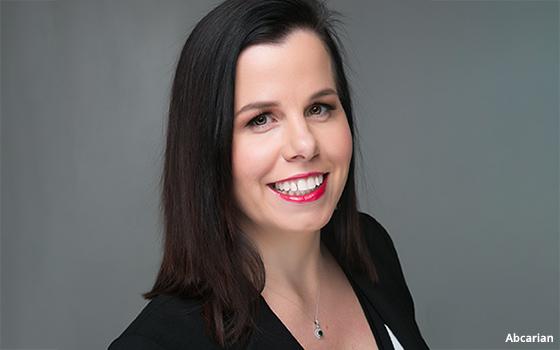
NBCUniversal, which has been outspoken about Nielsen's
measurement problems over the years, has now reacted to recent Nielsen issues, as well as its pursuit of future measurement improvements.
“It’s time for us to declare measurement
independence,” said Kelly Abcarian, executive vice president of measurement & Impact, NBCUniversal, Advertising and Partnerships and a former Nielsen exec, in a blog post. “We need all
our industry’s builders -- including Nielsen -- to architect an entirely new blueprint.”
NBC has sent out a “request for proposal” to more than 50 of its measurement
partners, including Nielsen, Comscore, Data Plus Math, Conviva, Truthset, VideoAmp and iSpot, regarding future “measurement yardsticks” for marketers in a streaming and addressable
advertising world.
advertisement
advertisement
Abcarian says: “When companies depend on outdated advertising measurement, diverse and dynamic consumer behaviors get ignored. Meanwhile, consumer experience suffers
with things like cluttered ad spaces. We should put people over ratings.”
She did not elaborate on outdated specifics.
Nielsen has been working on its cross-platform Nielsen One
measurement -- a “cross-media currency” -- designed to pull the big media company away from outdated metrics. Many research executives say this process has been slow in coming. Nielsen One
has an estimated launch date of the fourth quarter of 2022.
In addition, Abcarian emphasized that whatever new measurement model the industry devises, it needs specific, industry-approved
business outcome data to be a key element.
“Without a way to measure an idea’s impact, innovative teams have a choice: Stop developing new media experiences, or build new
measurement. Social and streaming platforms chose independence over a single metric because it enabled them to pursue consumer-led innovation. Now, the entire media industry can do the
same.”
Finally, she called for a new “global currency” that takes into account consumer behavior that also “values content fairly.”
The NBCU release comes
just days after Nielsen asked the Media Rating Council for a “hiatus” on the accreditation of its national TV service so it can continue to address concerns of its 40,000 U.S. household
panel, as well as working on Nielsen One.
An NBCU representative notes this is the “third” service Nielsen has asked to be on “hiatus” in the last 12 months.
A
MRC report in May confirmed issues of undercounting during the pandemic period of March 2020 through March 2021 -- initially brought up by the VAB, the TV network advertising trade group. The MRC said
changes in Nielsen's panel procedures showed persons 18-49 were “understated” by about 2% to 6% in February 2021.
Through most of the year-long pandemic period starting in March
2020, Nielsen field agents were unable to service Nielsen’s panel of national TV homes due to the pandemic.
The VAB says as a result there was a sharp drop in total TV reach and usage in
this period, resulting in a “theoretical 12-month cost” of some $468 million in national TV revenues.